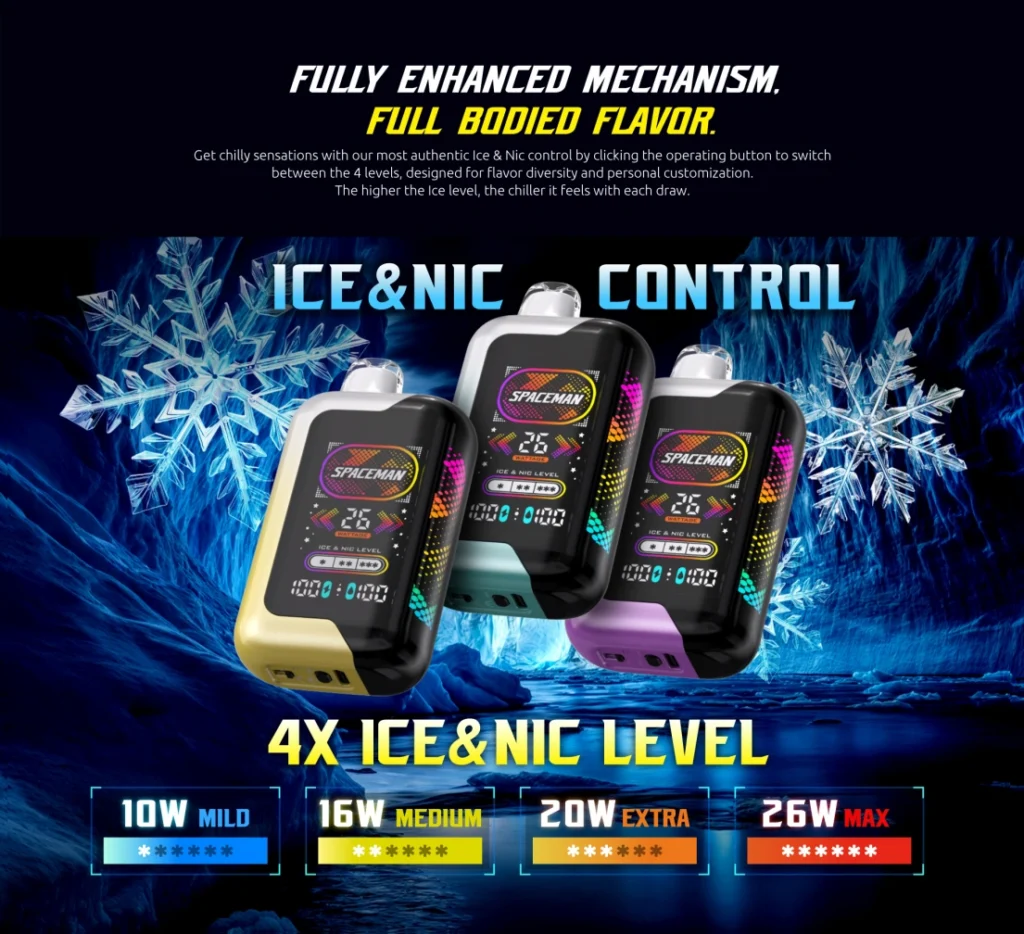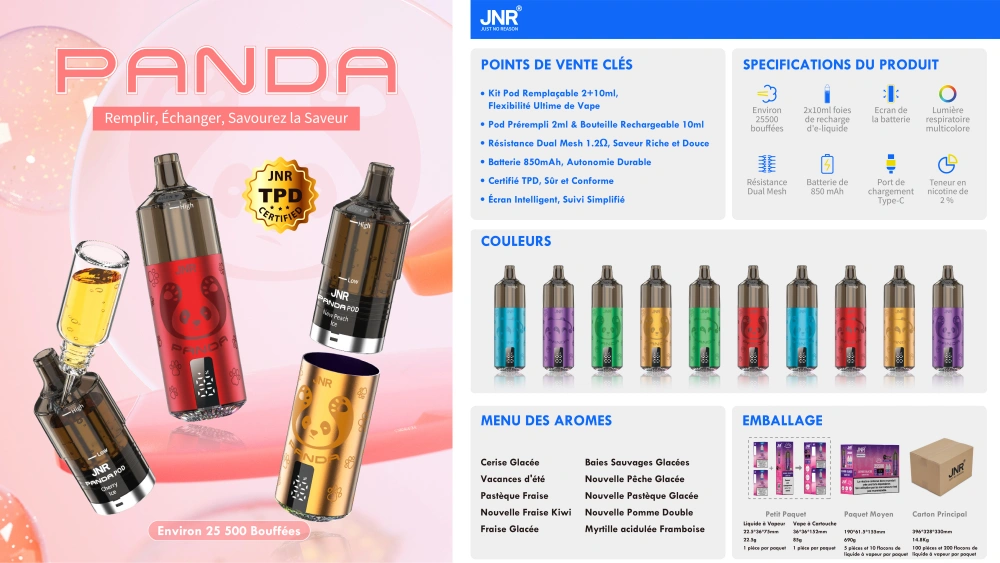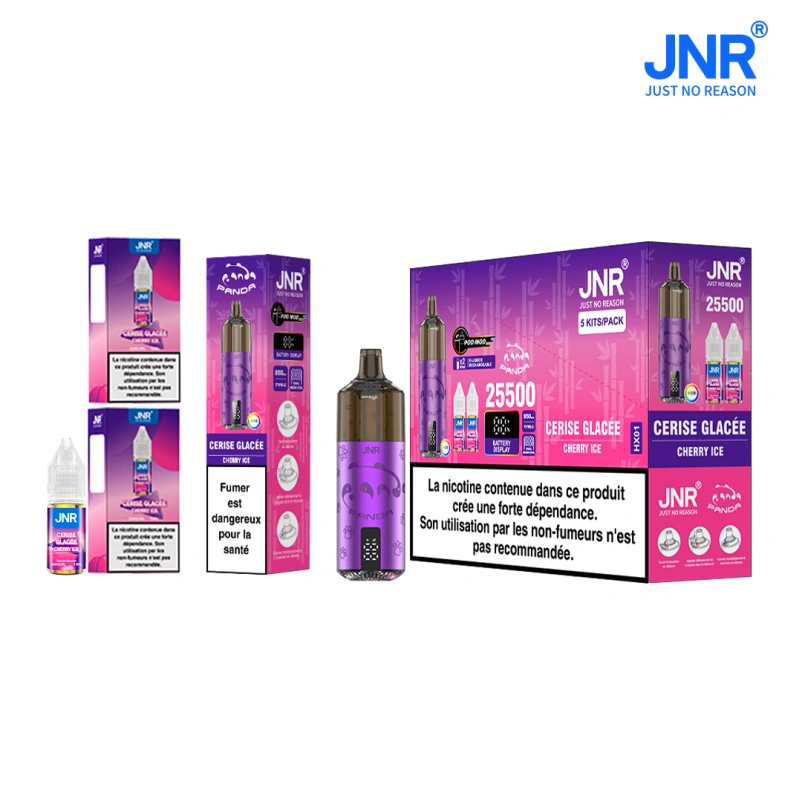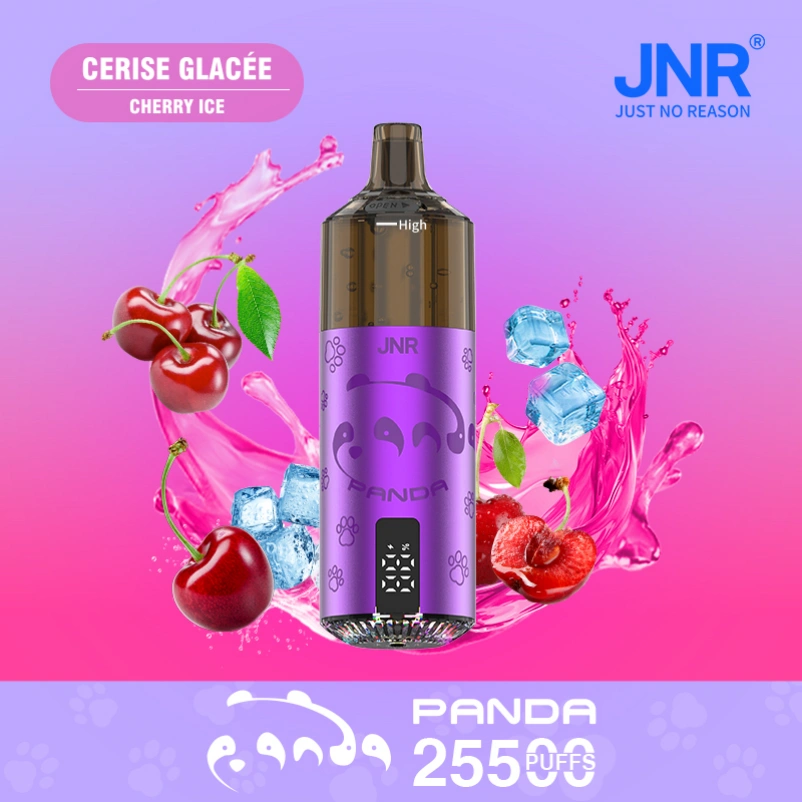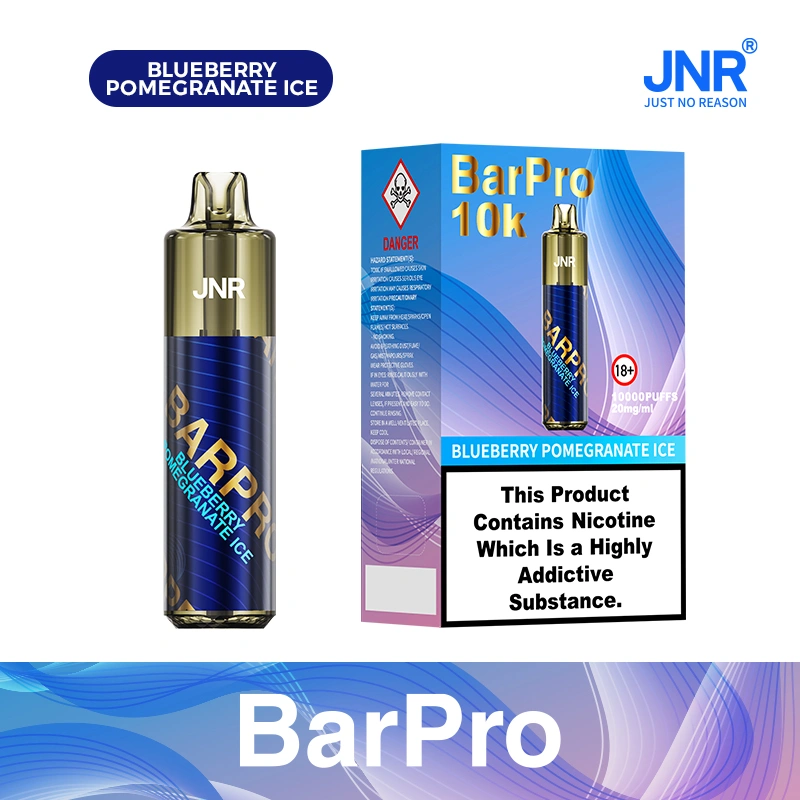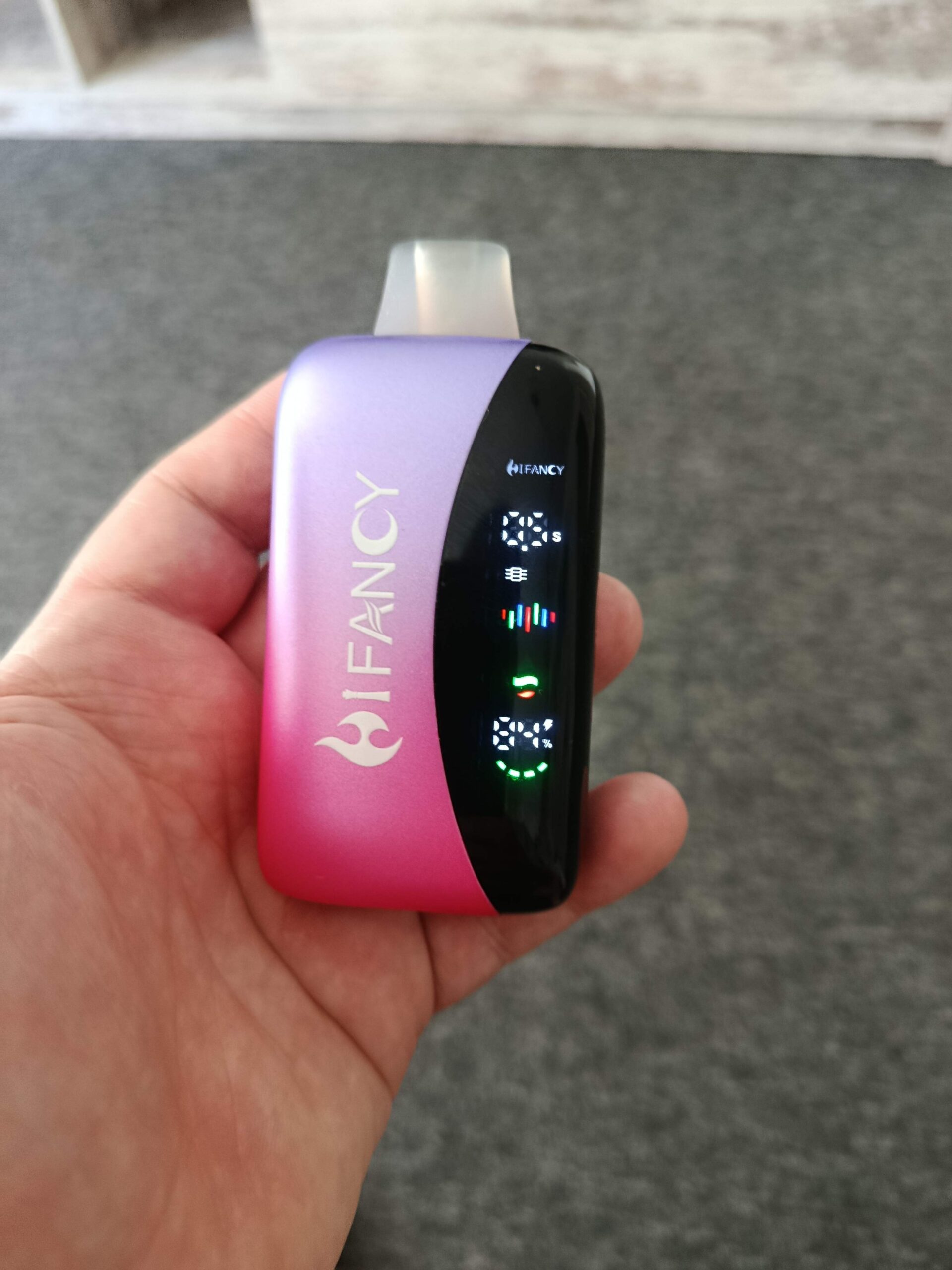Métodos de armazenamento inativo a longo prazo para cigarros electrónicos

Long-Term Storage Guide for Vape Devices: Essential Tips to Preserve Performance
When storing a vape device for extended periods, improper handling can lead to battery degradation, e-liquid spoilage, or internal component damage. By following these structured guidelines, users can maintain their devices in optimal condition for future use.
Ideal Storage Conditions
Creating a controlled environment is critical for long-term preservation. The primary factors to address are temperature, humidity, and light exposure.
Temperature Control
Extreme temperatures pose significant risks to vape components. High heat can cause e-liquid to expand, leading to leaks or damage to the tank’s sealing mechanisms. Conversely, cold environments may thicken the liquid, affecting wick absorption and vapor production. The optimal storage temperature range is 15–25°C (59–77°F). Avoid placing devices near heating vents, radiators, or unheated garages where temperatures fluctuate drastically.
Humidity Management
Excess moisture accelerates corrosion in electrical components and promotes mold growth in e-liquid reservoirs. Store devices in areas with relative humidity below 60%. If living in humid climates, use desiccant packets inside storage containers to absorb ambient moisture. Never store vapes in bathrooms, kitchens, or basements where humidity levels consistently exceed safe thresholds.
Light Exposure Prevention
UV rays degrade e-liquid nicotine and flavor compounds over time, resulting in a harsh taste or reduced potency. Always store devices in opaque containers or cabinets away from direct sunlight. For transparent tanks, wrap them in light-blocking material such as aluminum foil or dark fabric before long-term storage.
Component-Specific Storage Protocols
Different parts of a vape device require tailored preservation methods to prevent functional deterioration.
Battery Maintenance
Lithium-ion batteries, commonly used in vapes, lose capacity when stored at full charge or extreme discharge levels. For long-term storage:
- Charge batteries to 40–60% of their capacity.
- Remove batteries from the device if possible and store them separately in non-conductive cases.
- Check voltage every 3–6 months using a multimeter and recharge if it drops below 3.2V per cell.
E-Liquid Preservation
Unopened e-liquid bottles can last 1–2 years when stored correctly, while opened bottles degrade faster due to oxygen exposure. To extend shelf life:
- Transfer liquids to amber glass bottles with airtight caps to minimize light and air contact.
- Store bottles upright to prevent leakage and label them with expiration dates.
- Avoid mixing different flavors in the same container, as this accelerates chemical breakdown.
Tank and Coil Protection
Residual e-liquid in tanks can clog coils or corrode metal contacts over time. Before storage:
- Disassemble the tank and rinse all components with distilled water.
- Use a cotton swab to clean threading and airflow channels thoroughly.
- Let parts air-dry completely before reassembling loosely (without screwing tightly) to relieve pressure on seals.
- For rebuildable coils, remove wicking material and store coils in anti-tarnish bags to prevent oxidation.
Physical Protection Strategies
Mechanical damage during storage often goes unnoticed until the device is reused. Implement these safeguards to prevent accidental breakage.
Secure Containment
Use dedicated storage cases with foam inserts or silicone sleeves to cushion devices against impacts. For multiple devices, consider compartmentalized organizers to keep components separated and organized. Avoid overcrowding containers, as this increases the risk of scratches or pressure-induced cracks.
Positioning Guidelines
Store devices upright whenever possible to maintain proper alignment of internal components. If laying flat, place them on soft surfaces like microfiber cloths to prevent screen scratches or button damage. For mod devices with removable batteries, store them without batteries installed to avoid accidental activation or short circuits.
Transportation Precautions
When moving stored devices, pack them in padded envelopes or small hard-shell cases within larger luggage. Secure loose parts like drip tips or tanks with rubber bands to prevent rattling. For air travel, carry devices in carry-on luggage to avoid damage from checked baggage handling and comply with airline regulations regarding lithium-ion batteries.
By adhering to these protocols, users can significantly extend the lifespan of their vape devices and ensure reliable performance upon reactivation. Regular inspections every 3–6 months allow for timely adjustments to storage conditions or component replacements as needed.

